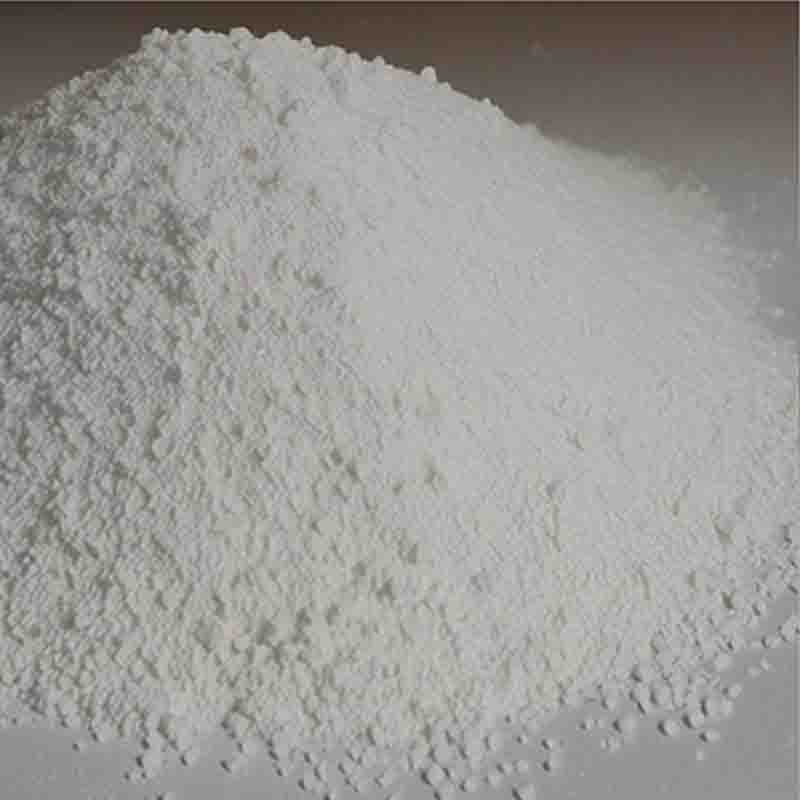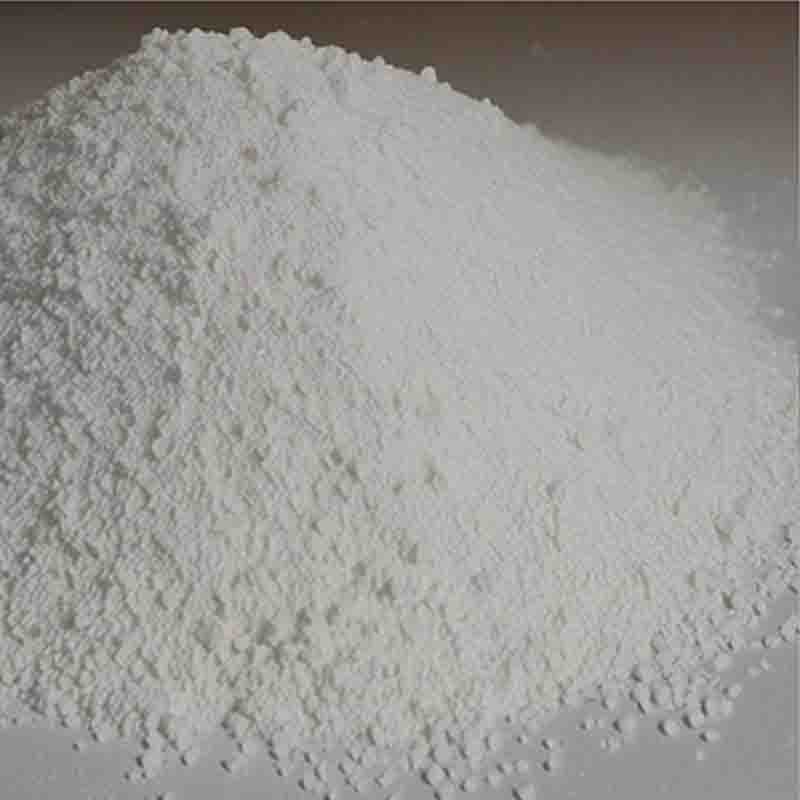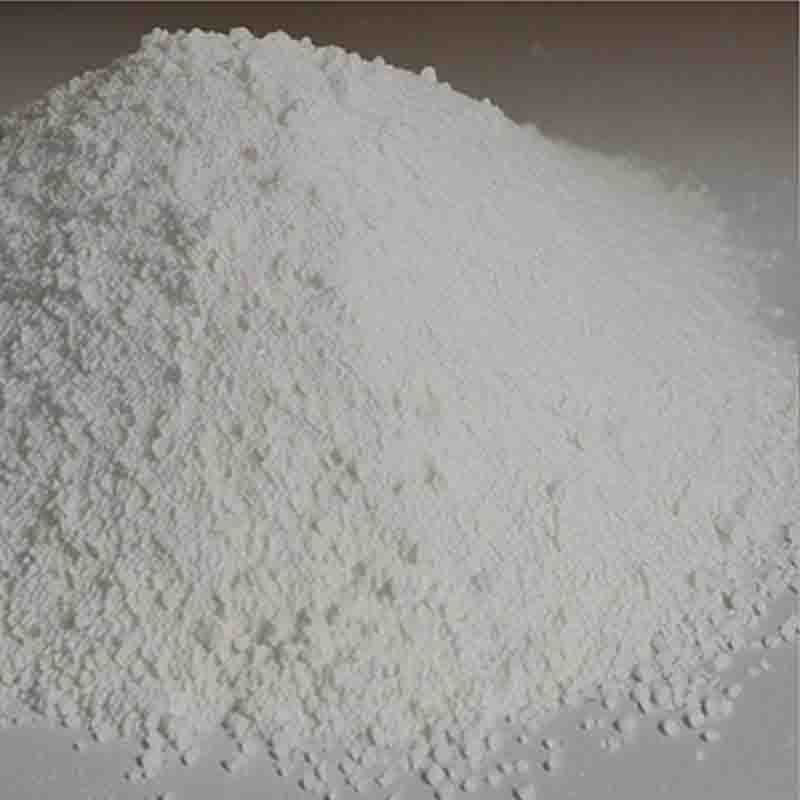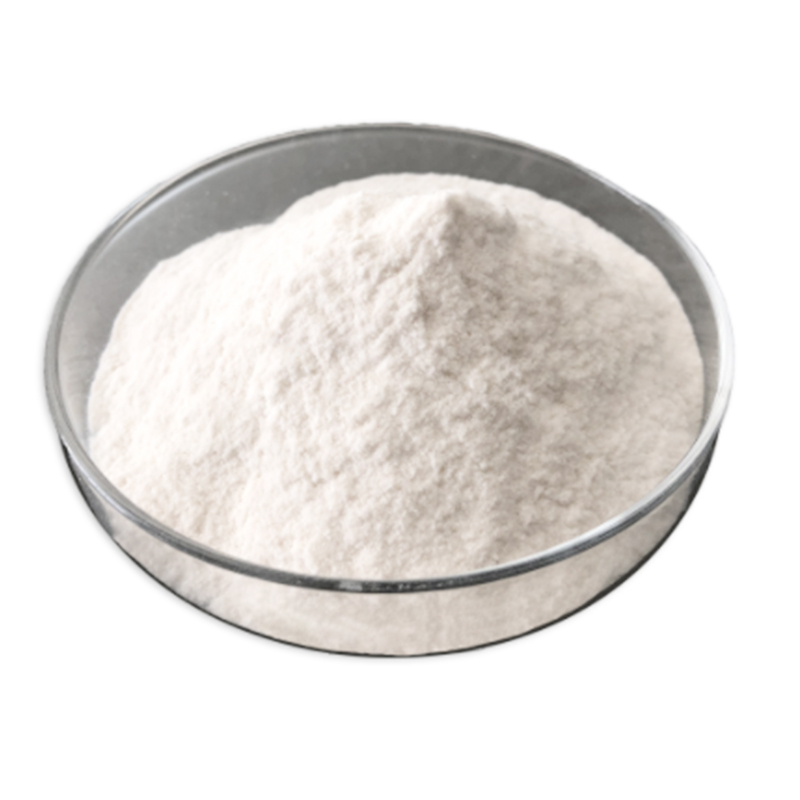2,6-Difluorobenzonitrile CAS:1897-52-5
| Catalog Number | XD94867 |
| Product Name | 2,6-Difluorobenzonitrile |
| CAS | 1897-52-5 |
| Molecular Formula | C7H3F2N |
| Molecular Weight | 139.1 |
| Storage Details | Ambient |
Product Specification
| Appearance | White powder |
| Assay | 99% min |
2,6-Difluorobenzonitrile, with a molecular weight of 139.1, is a chemical compound that is used in various industries for its unique properties and applications. In this article, we will explore the effects and applications of 2,6-difluorobenzonitrile.
One of the main applications of 2,6-difluorobenzonitrile is in the pharmaceutical industry. It serves as a key intermediate in the synthesis of various drugs, including antiviral agents, antifungal medications, and anticancer drugs. The presence of two fluorine atoms in the molecule enhances the biological activity and stability of the resulting compounds, making it a valuable building block for medicinal chemists.
Additionally, 2,6-difluorobenzonitrile is used in the production of agrochemicals. It is commonly employed as an intermediate in the synthesis of herbicides, fungicides, and insecticides. These agrochemicals play a crucial role in protecting crops from pests, diseases, and weeds, thereby improving agricultural productivity and ensuring food security.
Furthermore, 2,6-difluorobenzonitrile finds applications in the chemical industry as a starting material for the synthesis of various specialty chemicals. It can be used in the production of dyes, pigments, and polymers, where the presence of fluorine atoms imparts unique properties such as increased thermal stability and chemical resistance.
However, it is important to handle 2,6-difluorobenzonitrile with caution, as it can have certain risks and hazards associated with its use. It is classified as a hazardous substance and should be handled in accordance with proper safety measures. Prolonged exposure to this compound may cause irritation to the skin, eyes, and respiratory system. Therefore, it is essential to wear appropriate protective clothing and work in a well-ventilated area when handling 2,6-difluorobenzonitrile.
In conclusion, 2,6-difluorobenzonitrile is a versatile compound that finds applications in the pharmaceutical, agrochemical, and chemical industries. Its unique properties and reactivity make it a valuable tool for the synthesis of various drugs and specialty chemicals. However, it is crucial to handle this compound with care and adhere to safety guidelines to ensure the protection of human health and the environment.





![DI-MICRO-CHLOROBIS[2-[(DIMETHYLAMINO)METHYL]PHENYL-C,N]DIPALLADIUM CAS: 18987-59-2](https://cdn.globalso.com/xdbiochems/白色粉末2680.jpg)



![Methyl 4-(4-Fluorophenyl)-6-Isopropyl-2-[(N-methyl-N-methylsulfonyl)amino]pyrimidine-5-carboxylate(Z6)CAS: 289042-11-1](https://cdn.globalso.com/xdbiochems/白色粉末2133.jpg)